Septic Tank Problems – Understanding Why a Septic System Fails
Septic Tank Problems Explained
Septic tank problems are easy to resolve once you first understand how a septic tank works.
Knowing the functional purpose of each component of a septic system will give you a greater ability to determine the cause of your septic tank problems and how to maintain your system to prevent future issues.
Symptoms of system failure may include:
- Sewage surfacing or soft areas in the soil over the septic tank or drain field
- Green algae growth or dead grass spots over septic field
- Strange noises and gurgling in the plumbing waste lines
- Slow draining plumbing fixtures
Septic odors in or around the house - Complete backup of the toilet or shower in the house
- Water level in septic tank higher than the inlet or outlet pipe
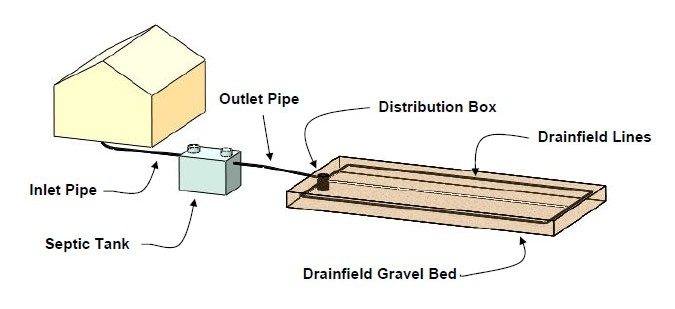
Conventional septic systems operate in an anaerobic or oxygen-free environment, promoting the growth of a black, sludge-like layer called the biomat in the drain field.
“Biomat” is an impermeable black, slimy living organic layer consisting of anaerobic bacteria and organic matter that slowly grows overtime in your septic tank drain field.
The “Drain field” is the area of soil in which the contents of a septic tank are absorbed. “Drain field” is a generic term that refers to many types of system components such as: gravity fed and pressurized drain fields, mounds, trenches, cesspools, seepage pits, drywells and lagoons.
Without proper maintenance an anaerobic septic system will eventually fail due to one of the following causes:
- Mechanical Failures including the collapse of an underground pipe, blockage from tree roots or deterioration of the plumbing system. The minority of failures fall into this category and are generally resolved by hiring a plumber or contractor to replace the damaged components.
- Anaerobic bacterial environment in the septic tank: the inadequate anaerobic biochemical processing can cause system backups, septic tank overflow, sewage ponding in the yard and septic odor. The vast majority of system failures fall into this category.
Septic System Problems Commonly Occur in the Drain Field
Here is a breakdown of the process:
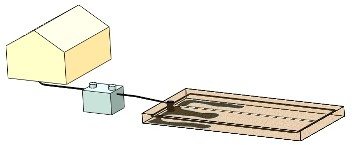
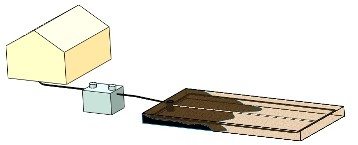
The biomat eventually grows to completely cover all of the outer surfaces of the drain field. At this point, incoming wastewater has no place to go and collects in the drain field.
Incoming wastewater flowing into the drain field continually carries more organic solids that the biomat uses as a food source to live and grow. As this happens, the homeowner will start to notice slow flowing and gurgling drains.
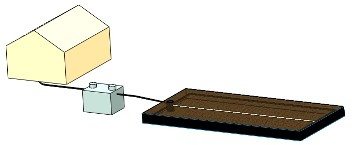
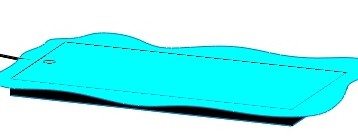
Effects of a Failed Septic System
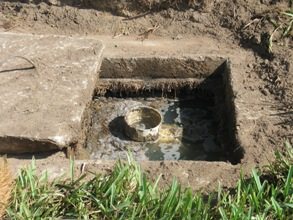
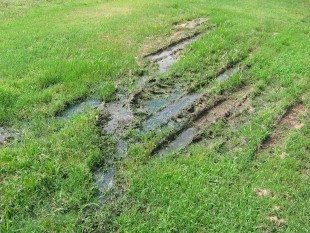
Controlled Septic Aeration Will Solve Your Septic Tank Problems
Anaerobic septic system failure can be prevented and reversed by converting the septic tank to an aerobic environment.
Aerobic bacteria are dramatically more efficient at breaking down organic waste. Consequently, the wastewater leaving the septic tank is cleaner, greatly reducing the food source for a biomat living in a drain field. As a result, biomats can not live in an aerobic septic system. They are gradually starved and consumed by aerobic bacteria – Click here to learn more.
Aero-Stream® has been extraordinarily successful in executing controlled septic aeration conversions of anaerobic septic systems to aerobic systems, extending the life of existing systems and saving homeowners thousands of dollars in the process.
Aero-Stream® pioneered the conversion of septic tanks to a aerobic environment through controlled septic aeration. We have the most experience in the world in this field. Our patented septic aeration systems have superior performance that cannot be matched. Our patented Bio-Brush improves the treatment process by more than 30% as compared to septic aeration alone.
As thousands of other customers have found, our products are superior in Quality, Performance and Durability. Our customer reviews authenticate that our technical expertise and customer support are unmatched in the industry. Trust only the experts with over 15 years of experience in septic aeration!
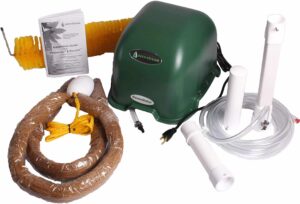
The Septic System Owners Manual
- The Reality of Your Septic System
- Terminology and Definitions
- Understanding Septic System Costs
- How Does a Septic System Work?
- Septic System Components – Septic Tank
- Septic System Components – Drainfields I
- Septic System Components – Drainfields II
- Septic Tank Problems – How a System Fails
- Resolving Septic System Problems
- Septic System Use and Maintenance Guidelines
